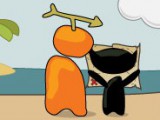 Terry Cavanagh‘s seminal platformer VVVVVV dropped last January, and I gave a brief heads-up noting its brutal difficulty and audacious $15 pricetag. Since then the game has hopped onto the Steam bandwagon and has had its price slashed to a much more reasonable two-thirds less 1)http://www.indiegames.com/blog/2010/09/vvvvvv_now_on_steam_for_cheap.html, which makes it an irresistible indie option for platformer fans. And as I mentioned in my recent summary of 2010, VVVVVV turned out to be one of my favourites of the year.
Terry Cavanagh‘s seminal platformer VVVVVV dropped last January, and I gave a brief heads-up noting its brutal difficulty and audacious $15 pricetag. Since then the game has hopped onto the Steam bandwagon and has had its price slashed to a much more reasonable two-thirds less 1)http://www.indiegames.com/blog/2010/09/vvvvvv_now_on_steam_for_cheap.html, which makes it an irresistible indie option for platformer fans. And as I mentioned in my recent summary of 2010, VVVVVV turned out to be one of my favourites of the year.
 You play as space Captain Viridian whose crew is scattered across a space station in a strange alternate dimension. The controls are extremely simple, you can move left and right, and switch the direction of gravity. There is no jump or changing direction in between a la And Yet It Moves – you can only either fall downwards or upwards. The mechanics don’t change or become more complex than this; within this basic framework Cavanagh pits you against the environment and enemies in ways that will test your reflexes and your muscle memory. The game is compatible with a controller, but the keyboard is absolutely sufficient. The acceleration curves may take a little getting used to; while the controls are responsive, your affable avatar carries momentum which may leave some players grumbling about his delayed stop.
You play as space Captain Viridian whose crew is scattered across a space station in a strange alternate dimension. The controls are extremely simple, you can move left and right, and switch the direction of gravity. There is no jump or changing direction in between a la And Yet It Moves – you can only either fall downwards or upwards. The mechanics don’t change or become more complex than this; within this basic framework Cavanagh pits you against the environment and enemies in ways that will test your reflexes and your muscle memory. The game is compatible with a controller, but the keyboard is absolutely sufficient. The acceleration curves may take a little getting used to; while the controls are responsive, your affable avatar carries momentum which may leave some players grumbling about his delayed stop.
The initial few minutes of the game have you negotiating a series of rooms with traps and creatures, but the game soon opens up and you are given much more freedom in your exploration and the order in which you rescue each crew member. In addition to the main objective, there are various trinkets placed around the world, requiring you to do the near-impossible to reach them. Believe you me, some of them are a downright bastard to get. Getting them all unlocks a postgame feature, but I suspect the self-satisfaction and bragging rights will be reward enough for your persistence. Every now and then you may encounter a computer terminal that will impart snippets of story or reveal a new area on the map. Talking to your crew once you have rescued them also expands on the story, which is surprising.
References
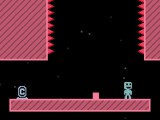

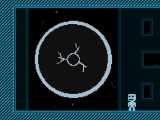
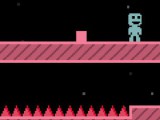

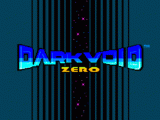
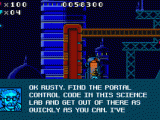
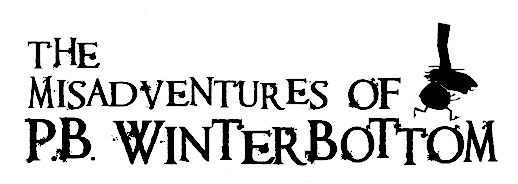 Did I yet mention pie, the strangest of McGuffins? There exists so much pie in the world of P.B., in fact, that it quite possibly takes the cake of having the most pie in a video game ever. Even the primary villain – a massive magical pie that has eluded P.B. W.B. and ultimately led him to his ponderous predicament – counts for this quota! It is fitting, then, that the game has been rendered with plenty of piety (as you could hopefully gather from my description above), going further than most in its reappropriation of its influences, like the silent filmic era, by using as condiments for instance title cards for explicating plot and having pun-filled subtitles for level names.
Did I yet mention pie, the strangest of McGuffins? There exists so much pie in the world of P.B., in fact, that it quite possibly takes the cake of having the most pie in a video game ever. Even the primary villain – a massive magical pie that has eluded P.B. W.B. and ultimately led him to his ponderous predicament – counts for this quota! It is fitting, then, that the game has been rendered with plenty of piety (as you could hopefully gather from my description above), going further than most in its reappropriation of its influences, like the silent filmic era, by using as condiments for instance title cards for explicating plot and having pun-filled subtitles for level names.